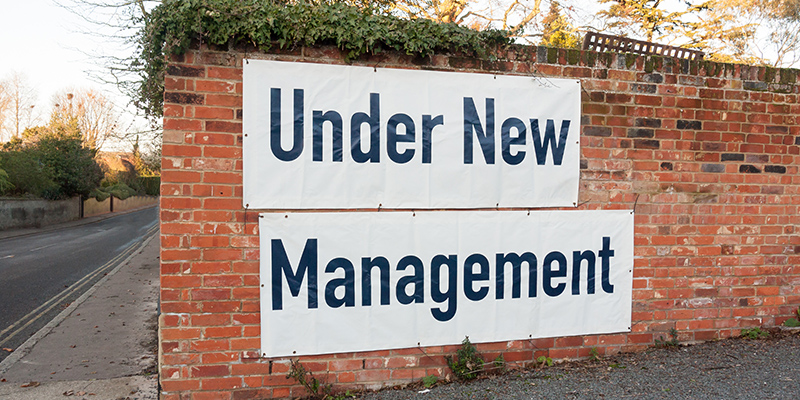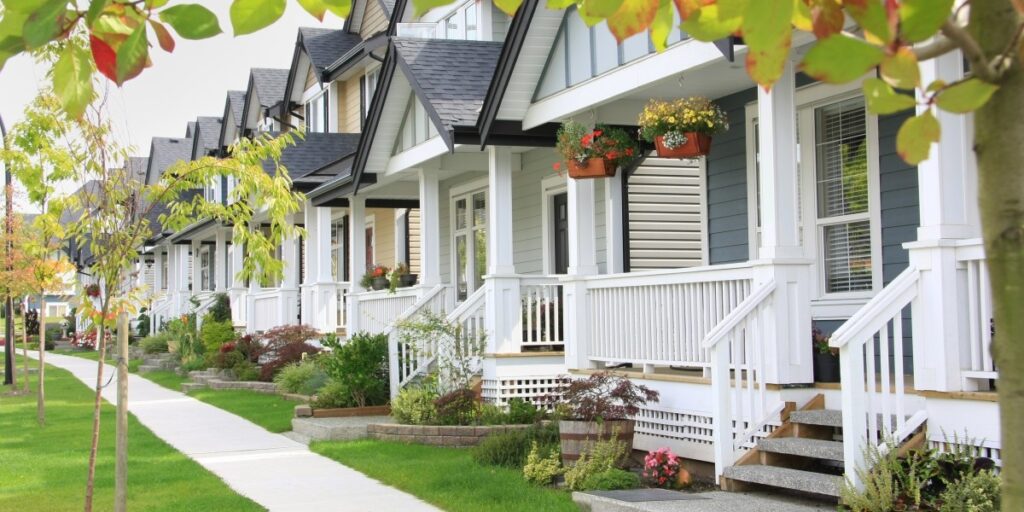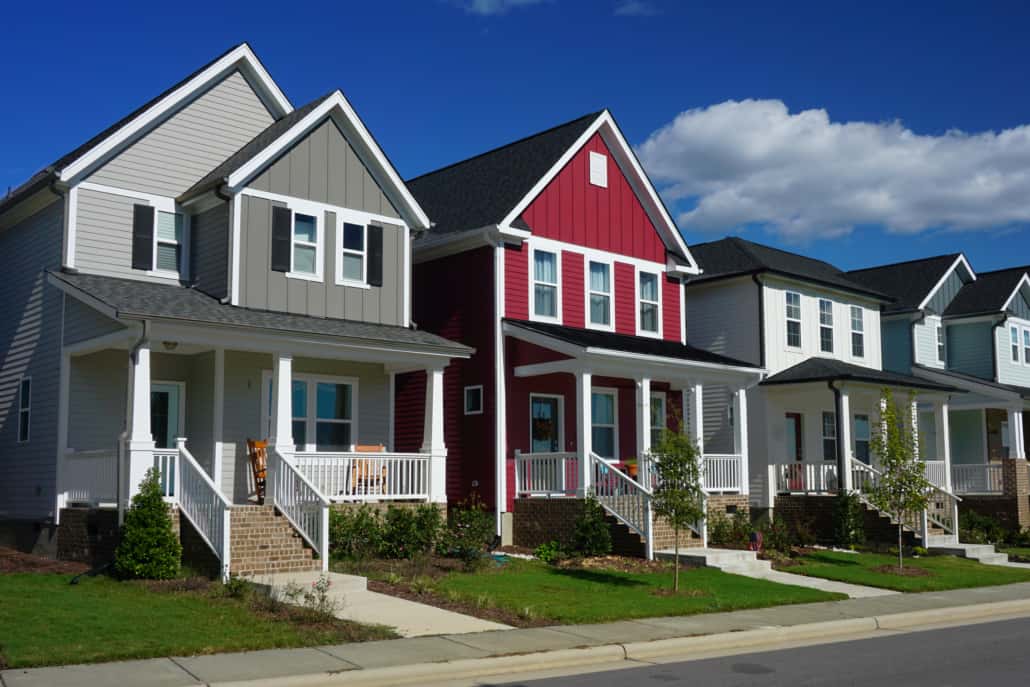Just How HOA Monitoring Facilitates Communication and Conflict Resolution Among Residents
Homeowners' Organizations (HOAs) offer as essential entities in promoting communication and dealing with conflicts amongst locals. While these devices are developed to reduce misconceptions, the underlying characteristics of resident interactions can usually complicate matters.
Function of HOAs in Interaction
House Owners' Associations (HOAs) play a crucial function in assisting in interaction within domestic communities, serving as the main avenue between homeowners and the governing body. By developing a structured structure for discussion, HOAs make certain that locals' concerns and ideas are listened to and resolved effectively - austin hoa management. This function is crucial in fostering a sense of community and belonging among homeowners, as it encourages engagement and partnership


Inevitably, the efficiency of an HOA in interaction directly affects the total fulfillment of citizens. When interaction is prioritized and taken care of successfully, it promotes an unified living environment where locals feel valued and attached, leading the means for a more dynamic and natural area.

Established Networks for Dialogue
Developing reliable channels for dialogue is necessary for any kind of Homeowners' Organization (HOA) seeking to improve interaction within its neighborhood. These networks work as foundational devices that help with the exchange of information and promote a sense of belonging amongst locals.
Among the most common methods is using newsletters, which give updates on community events, upkeep routines, and essential news. Digital systems, such as neighborhood sites and social media groups, can also play a critical duty in making certain residents continue to be enlightened and involved. Consistently scheduled conferences, whether virtual or in-person, allow participants to voice worries, share concepts, and talk about neighborhood concerns in an organized setting.
In addition, idea boxes put purposefully throughout the area can motivate citizens to give responses anonymously, promoting an environment of visibility. Establishing clear lines of communication, such as dedicated email addresses or hotlines for certain problems, additionally empowers homeowners to connect conveniently.
Problem Resolution Approaches
Effective interaction networks are essential not only for sharing information but additionally for resolving problems that might emerge within a neighborhood. These guidelines must be easily obtainable to all residents, guaranteeing openness and consistency.

Additionally, problems may take advantage of a structured procedure for intensifying concerns. HOAs can Get the facts assign a problem resolution committee or entail a neutral 3rd celebration to facilitate discussions when essential. This technique provides a methodical means to deal with disagreements while maintaining impartiality.
Eventually, reliable conflict resolution methods not just fix concerns but likewise construct trust among citizens, enhancing a sense of area and shared responsibility. By prioritizing these methods, HOAs can add to a more cooperative and calm area environment.
Mediation and Facilitation Methods
When browsing problems within a community, mediation and facilitation methods can play why not look here a critical function in promoting understanding and resolution. These methods involve skilled professionals that lead conversations, making certain that all events have the chance to reveal their point of views in a constructive setting. Arbitration concentrates on assisting conflicting events locate typical ground through negotiation, while assistance includes managing group characteristics to promote effective interaction.
A reliable arbitrator produces a safe room for dialogue, encouraging individuals to actively empathize and pay attention with one another. This procedure usually consists of reframing problems to make clear misconceptions and highlighting common interests instead of differences. Facilitators, on the other hand, may utilize techniques like conceptualizing sessions or group tasks to develop rapport and improve collaboration amongst residents.
Both strategies prioritize nonpartisanship and impartiality, allowing homeowners to feel listened to and respected. By making use of mediation and assistance strategies, HOA administration can encourage neighborhood participants to deal with disagreements amicably, lowering tension and promoting a feeling of belonging. Ultimately, these methods add to a healthier area atmosphere, where disputes are resolved proactively and relationships are enhanced via open communication.
Advantages of Reliable Communication
Clear interaction works as the structure for successful interactions within a community, substantially boosting the total performance of HOA monitoring (austin hoa management). Effective communication fosters transparency, which builds count on among locals and the management team. When locals feel informed about community plans, occasions, and choices, they are more probable to engage positively and contribute to the community's well-being
Furthermore, clear interaction reduces misconceptions and minimizes the capacity for dispute. By articulating assumptions, duties, and rules clearly, HOAs can preemptively attend to concerns prior to they rise. Homeowners outfitted with essential details are better placed to follow community standards and resolve disputes agreeably.
Furthermore, effective interaction networks encourage comments and tips from locals, encouraging them to participate actively in the decision-making procedure. This inclusivity not just improves community spirits but likewise leads to even more enlightened and depictive end results.
In addition, constant updates with newsletters, meetings, and electronic platforms make sure that all community members are aligned with the HOA's vision. In recap, efficient interaction is necessary for cultivating a natural neighborhood, promoting energetic involvement, and ultimately attaining a harmonious living atmosphere.
Conclusion
In final thought, effective HOA administration significantly enhances interaction and conflict resolution amongst citizens. Inevitably, the promotion of efficient interaction leads to minimized misunderstandings and increased resident satisfaction, adding to a natural and harmonious area atmosphere.
House Owners' Organizations (HOAs) play a crucial role in helping with browse around this site interaction within property communities, acting as the key channel between residents and the controling body.HOAs commonly organize normal meetings, newsletters, and digital platforms to promote openness and maintain homeowners informed regarding area advancements and regulations. These campaigns not only boost interaction however also equip citizens to engage in the decision-making procedure, therefore enhancing their financial investment in the community's health - austin hoa management. When citizens really feel informed concerning area plans, events, and decisions, they are a lot more likely to involve favorably and add to the neighborhood's wellness
Inevitably, the promotion of effective interaction leads to reduced misunderstandings and heightened resident complete satisfaction, contributing to a unified and natural community setting.